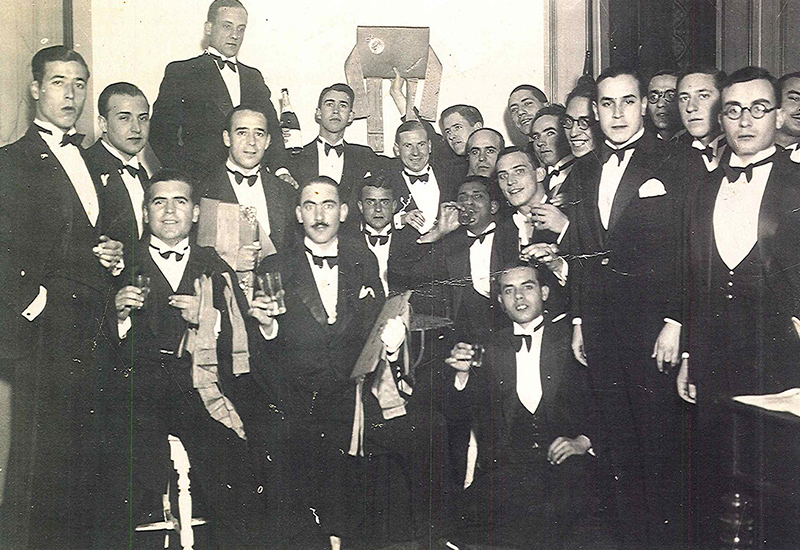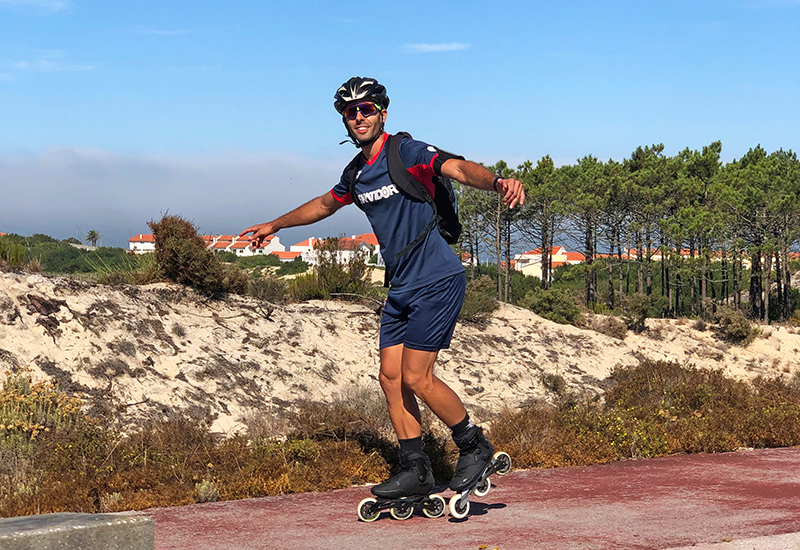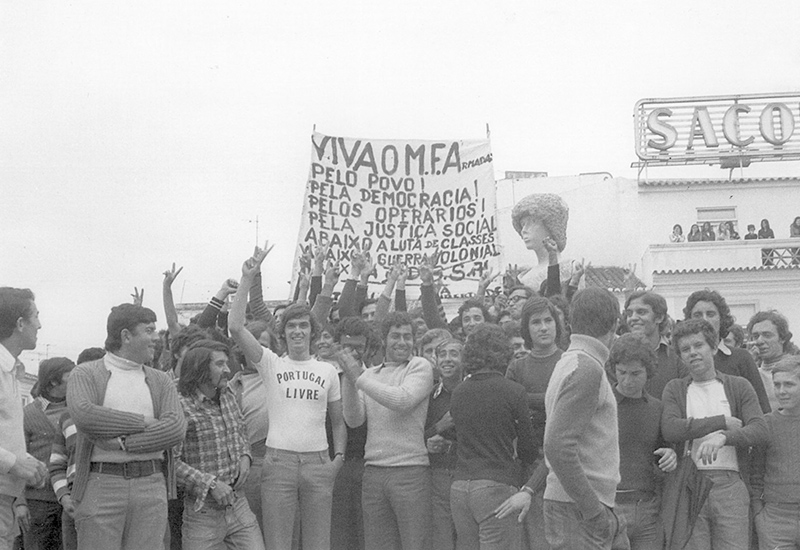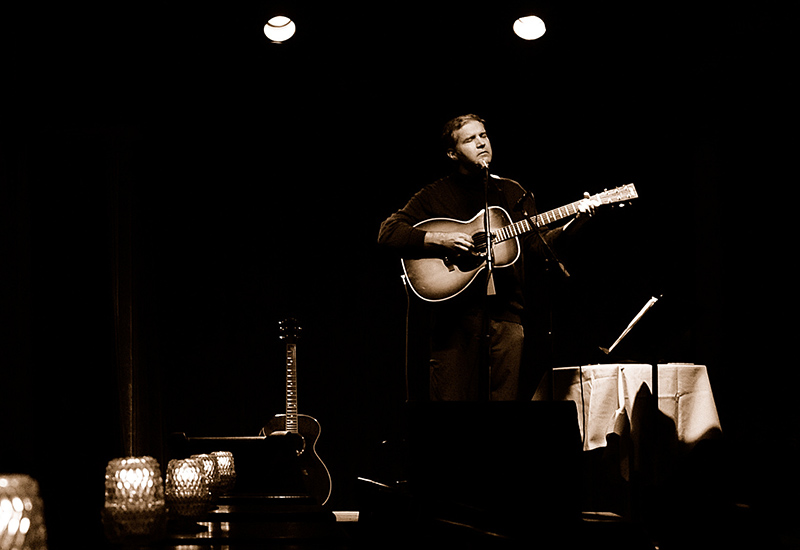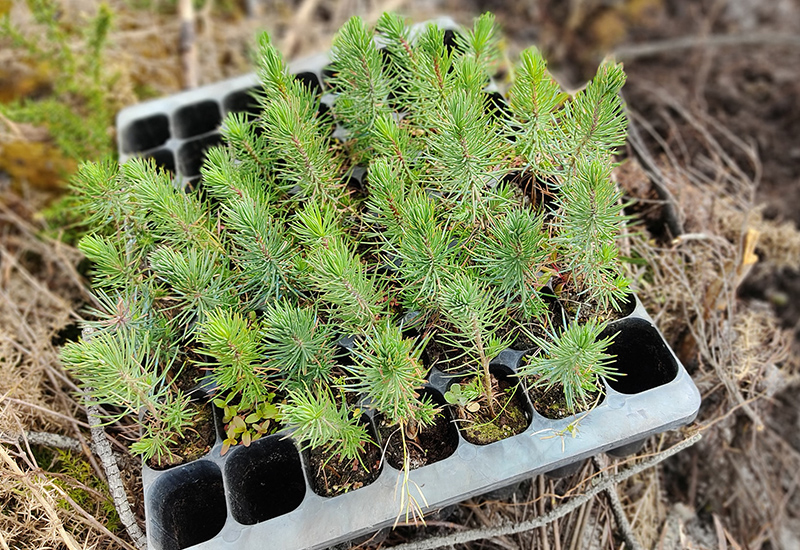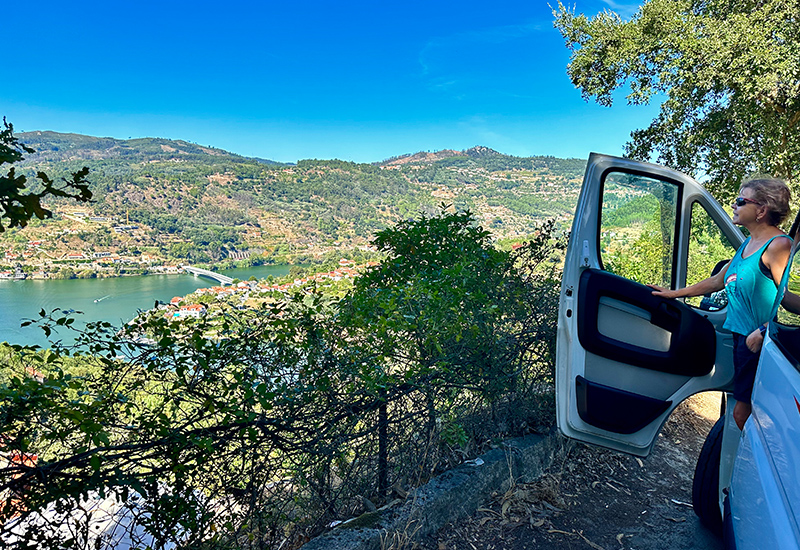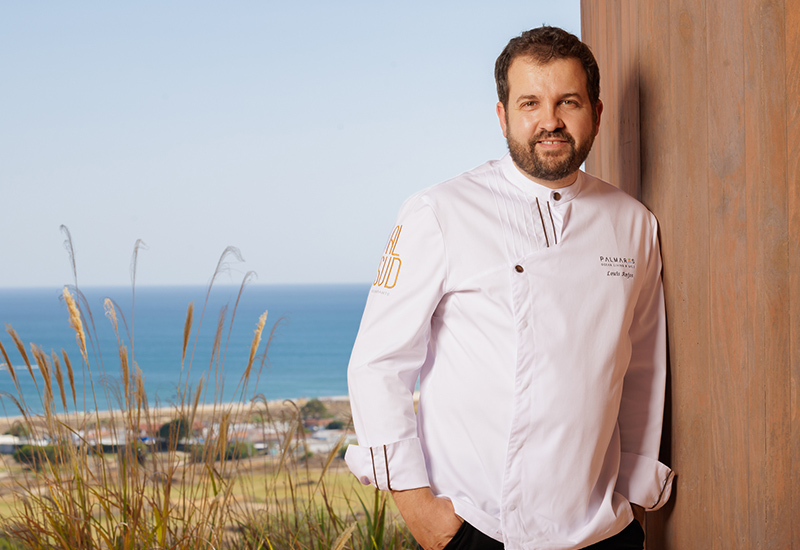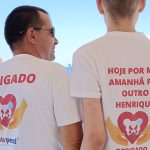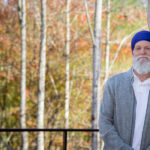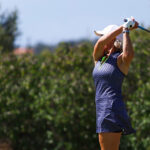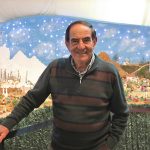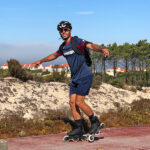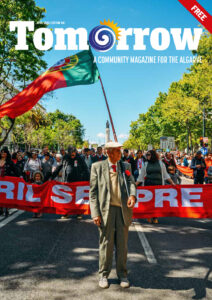Immigrants and Expats in Lagos from 1897 to 1972
The Livro de Registo de Bilhetes de Residência de Estrangeiros, held by the Arquivo Municipal de Lagos (City Archives), gives us names, nationalities, length of stay, filiations, ages, marital status, place of birth and occupations.
The basic, but fundamental information within its pages provides a good starting point when trying to learn more about the history of immigration to Lagos. Most of the people featured have now passed away, but this book helps to remember them and breathe new life into their stories. This is the amazing world of the Archives. Once used as an essential tool by the Portuguese Administration, the book now has a unique historical value able to keep our heritage alive.
Once again, we continue our exploration, now focusing on those people whose occupations fall into the category of doctor, physician or surgeon.
The first record of an expat registered as “médico” (doctor) is Michel Cocco. The book first mentions Michel Cocco in 1925 when he was 15 years old. He is mentioned again in 1932 when he was 22 years old, being that his occupation at that point was recorded as “estudante“ (student). In 1936, the records show that he was 25 years old and single. By this time, his record shows his occupation as “médico” (doctor) and that he asked for licences until 1939. If you are familiar with the history of Lagos during the 20th century, you may have heard of the surname “Cocco.” This is an important name linked, not only with the canning industry business, started by Paolo Cocco, but also with projects, such as the building of the Cine Teatro Império at the Rua Cândido dos Reis, in Lagos.
In order to gather more information about Michel Cocco (Miguel Cocco, after his naturalisation), we found an interesting article on the website of the project Conservas de Portugal. We contacted them and they were extremely helpful in pulling together further information. Victor Moura Vicente, responsible for the project, contacted the Cocco family and received a reply from Paulo Miguel Cocco, who kindly provided a short biography of his father, as well as some unique photographs.
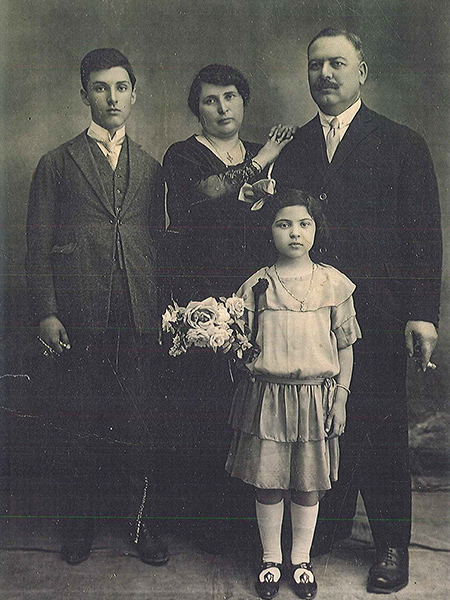
Michele Cocco with his mother Rosa, his father Paolo and his sister Lina
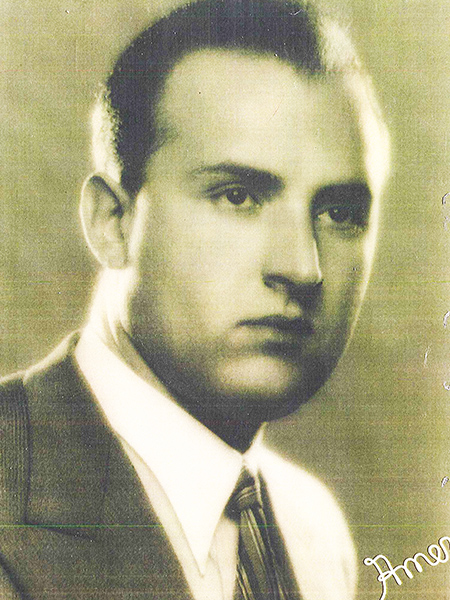
Michel Cocco
Michel Cocco was born on 10 June, 1910, in Marettimo Island, Sicily, Italy. He studied in the Algarve and then went to Lisbon to study Medicine. He completed his studies in 1932, with Paediatrics being his specialty. He was a keen reader interested in international books and magazines that focused on medicine and this interest led to the realisation of how important penicillin was. In 1947, he travelled to the United States of America and contacted a pharmaceutical laboratory that produced penicillin. From there he arranged for the import of this product and returned to Lisbon to prepare to sell it on the national market. He then opened a pharmaceutical laboratory in Lisbon, the Instituto Lusofármaco, located in Rua do Quelhas. This laboratory began producing penicillin and other medicines and quickly developed a first-class reputation while standing in the national ranking. In the fifties, Michel Cocco started another pharmaceutical laboratory in Milan, Italy, which he attended regularly. Around 1963, he bought another laboratory in Lisbon, the Medicamenta and some years later another one, the Tecnifar. Michel Cocco (Miguel Cocco) died on 30 March 1977.
I found another record of a retired surgeon, George Frederick Grant Batchelor, recorded on 7 January 1969 (page 37 of the archive). He was 76 years old, married and originated from Dundee, in the UK. There is no record of his wife, Helen Elspeth Mackintosh Simpson, daughter of Colonel CH Simpson. Presumably, he came alone. The record shows that he resided in Colinas Verdes, in Lagos.
George Batchelor was a general surgeon and member of the Royal College of Physicians of London. During the Second World War, he was surgeon-in-charge at West London Hospital in the Emergency Medical Service from 3 September 1939, to 30 April 1942. He then joined the RAMC and served as Lieutenant-Colonel in Iraq, India, Ceylon, Belgium and Germany, until 20 May 1946. His titles/qualifications were MRCS 1925, FRCS 1926, MB ChB St Andrew’s 1923 and LRCP 1925. His main hobbies were rugby, football, golf and target shooting. According to what we know about his life and taking into account the age at which he first requested a licence to come to Lagos, we can assume he came to enjoy his retirement. George Batchelor requested licences from 1969 until 1972. He left Portugal and died in 1984.
The archive provides names, but not photos. We were curious enough to research further and we were able to link his name to an image. The website National Portrait Gallery has two photographs of George Batchelor in which he’s dressed in a military uniform. Unfortunately, the cost to publish these photos was prohibitive, but if you are interested, they can be accessed on the website.
Another expat with the occupation of cirurgião (surgeon) was Max Saegesser. He requested a licence on 8 April 1971 when he was 69 years old, married, from Switzerland, Langenthal. There was no mention of any record for his wife, so, presumably, he also came alone. The location of his residence recorded in the book is Casa das Amendoeiras, in Luz. Born on 16 February 1902, Max Saegesser was a surgeon and also a teacher at the University of Bern. He obtained his high school diploma in Bern, studied medicine in Geneva and Zurich and received his Doctorate in Basel in 1927. In 1935, he became a lecturer in surgery in Bern. By 1937, he was chief physician at the district hospital in Frutigen and in 1947 he became an associate professor in Bern, becoming a full professor in 1971.
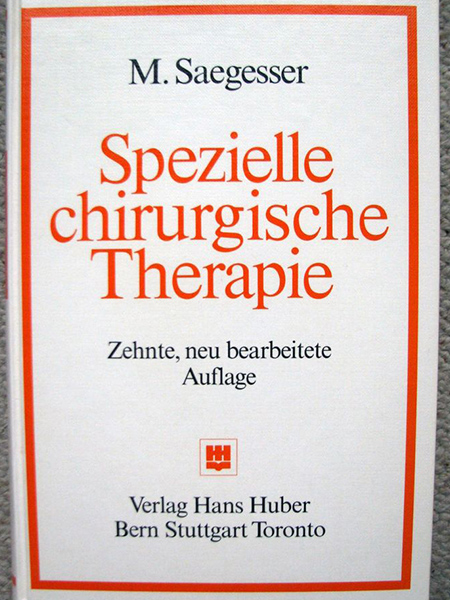
M Saegesser’s textbook
He retired in 1973. The ‘Saegesser sign’, a clinical sign of an injury to the spleen, is named after Sagesser. Saegesser’s textbook on special surgical therapy was published in eleven editions and has been translated into several languages. He didn’t stay long in Lagos and, unfortunately, died in Bern on 17 October 1975.
It’s fascinating how one single book can provide us with so many different life stories and there are still many more names recorded that deserve to be discovered.
Part 4 – to continue
Marta Nogueira – Arquivo Municipal de Lagos – Câmara Municipal de Lagos
Main Image: Michel Cocco and colleagues
References:
Arquivo Municipal de Lagos (AMLGS) – Livro de registo de bilhetes de residência de estrangeiros (AMLGS – E122/P6/301/1); Ata da sessão de Câmara of 29 May, 1946. Livro de Atas da Câmara Municipal de Lagos. Liv. 15/40 (1945-1949)
National Portrait Gallery – George Frederick Grant Batchelor (1902-1984), Consulting surgeon – https://www.npg.org.uk
Royal College of Surgeons of England – Batchelor, George Frederick Grant (1902 – 1984) – https://livesonline.rcseng.ac.uk/
Wikidata – Max Saegesser – https://www.wikidata.org/wiki/Q1913329
Wikipedia, the free encyclopedia – Max Saegesser – https://de.wikipedia.org/wiki/Max_Saegesser
